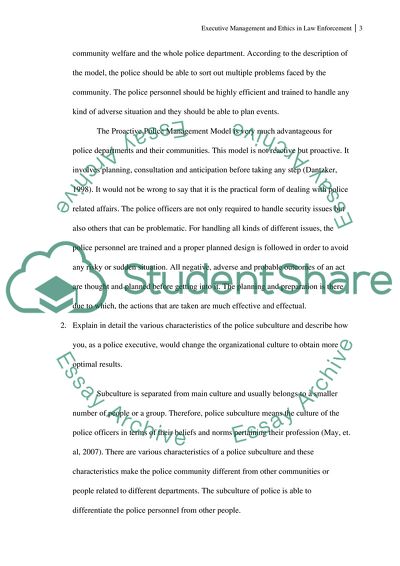Cite this document
(Executive Management and Ethics in Law Enforcement Assignment, n.d.)
Executive Management and Ethics in Law Enforcement Assignment. Retrieved from https://studentshare.org/law/1725875-questions
Executive Management and Ethics in Law Enforcement Assignment. Retrieved from https://studentshare.org/law/1725875-questions
(Executive Management and Ethics in Law Enforcement Assignment)
Executive Management and Ethics in Law Enforcement Assignment. https://studentshare.org/law/1725875-questions.
Executive Management and Ethics in Law Enforcement Assignment. https://studentshare.org/law/1725875-questions.
“Executive Management and Ethics in Law Enforcement Assignment”, n.d. https://studentshare.org/law/1725875-questions.


